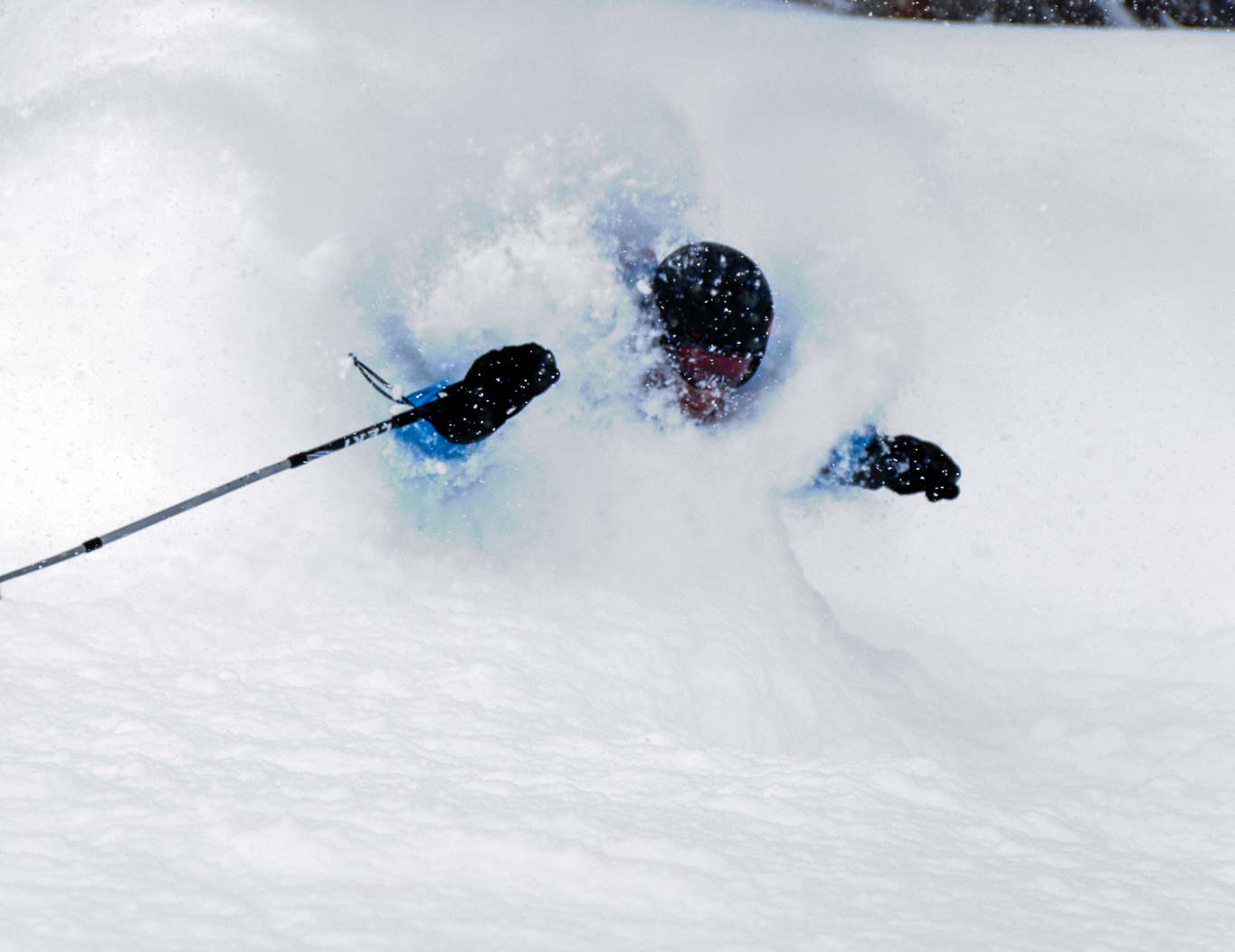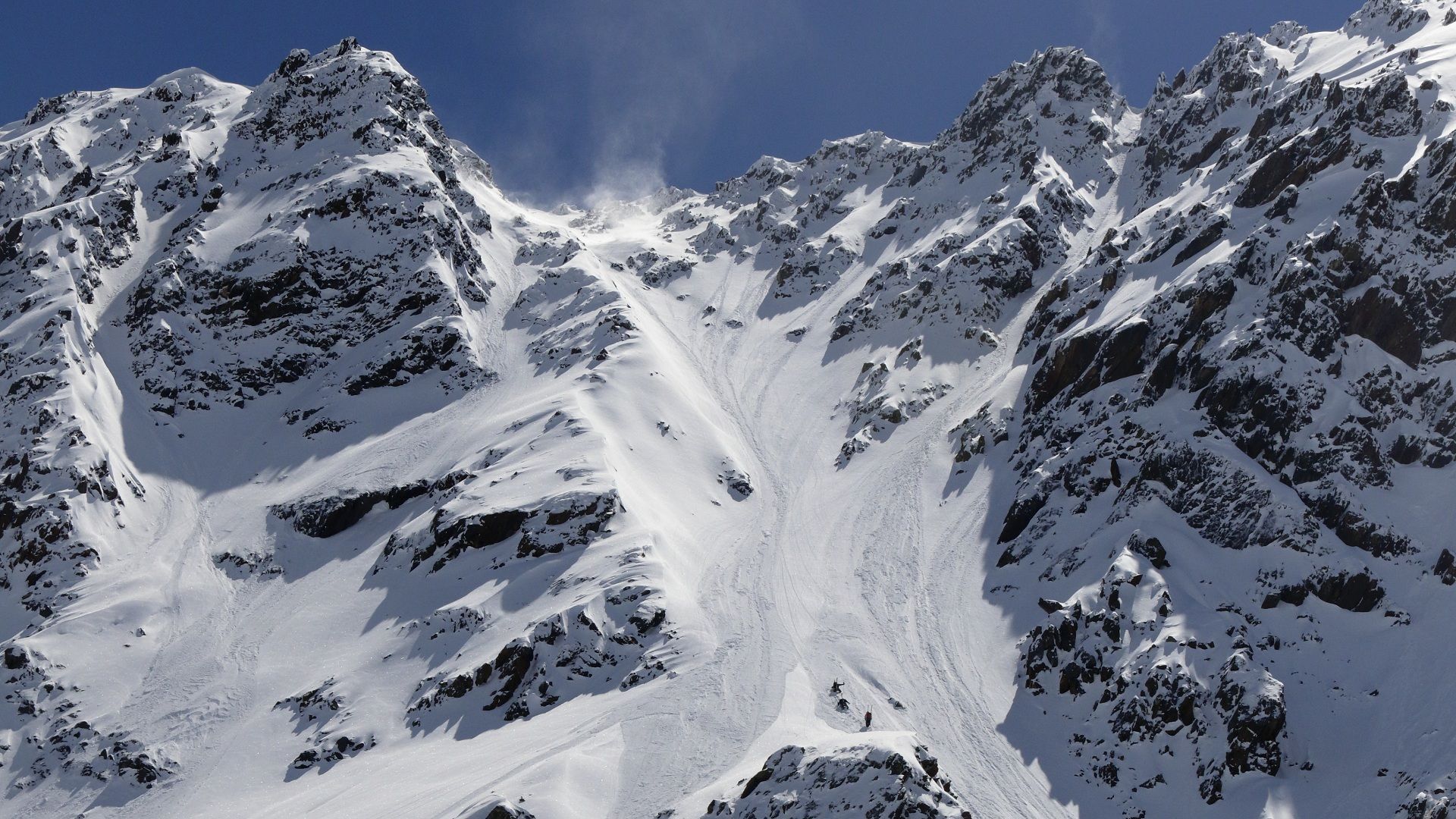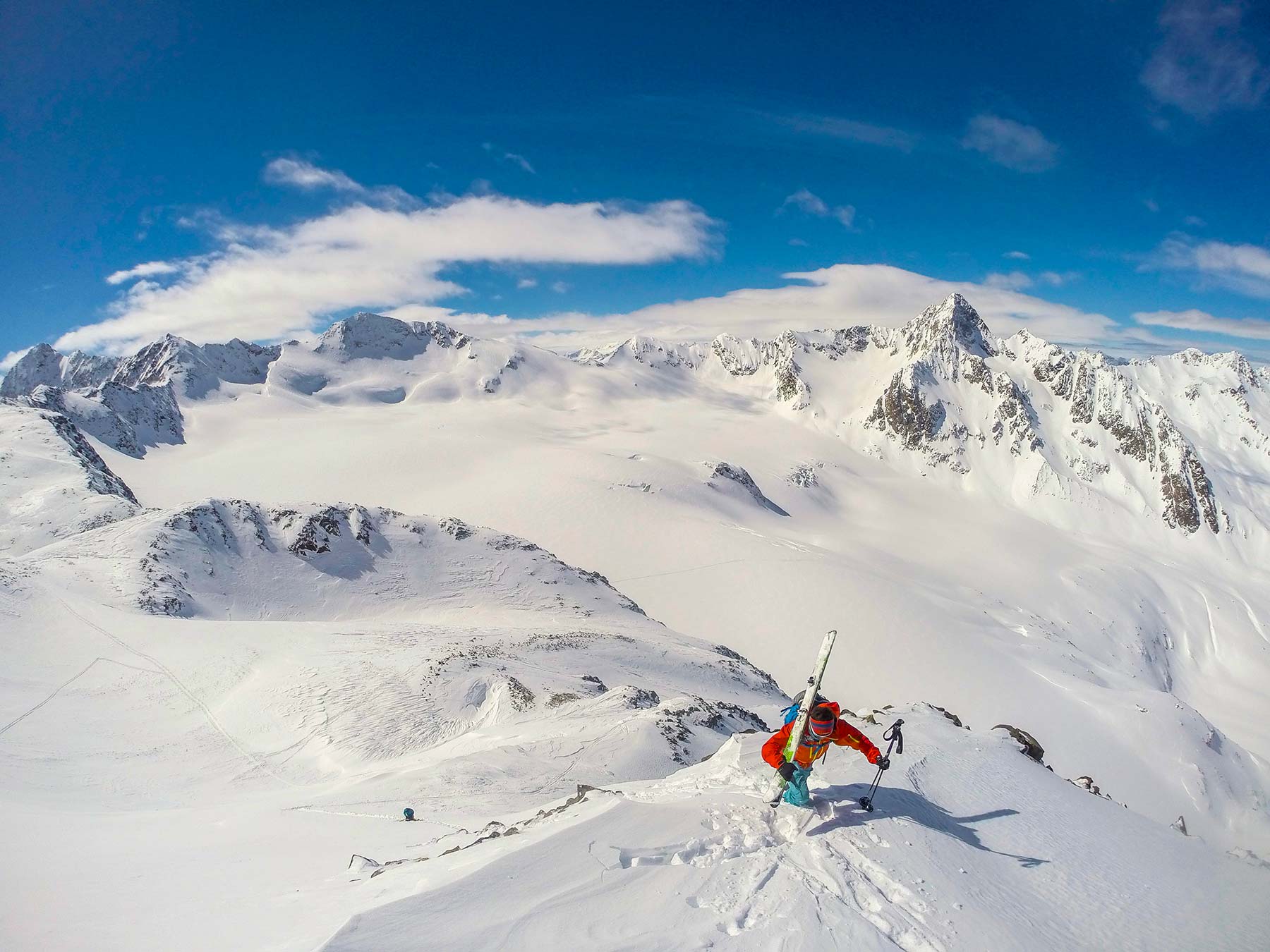
How to find powder in 7 steps
, Author: Aleš Kegl
There is something magical about wintertime. We haven’t had such a December for a long time. When there is enough snow so early in the winter to be able to do first ski tours also at Pohorje (low Alpine mountain ridge), despite being bound to community borders due to the pandemic, one knows that the season will be great.
.
When the first snow fell, we quickly took our skis to our friends from the shop for some pampering. New ski touring gear has also slowly entered the shelves of the physical and online shop.
But before I take you through my magic formula for “how to find powder”, one short explanation. This article won’t be one of the many articles in which you’ll receive weekly full-of-powder destination tips. No. Even better, as I will share with you my analytical approach to the search where and when to go to catch fresh powder as much as possible.
It is some sort of a guidebook on how to adapt your “search algorithm” in order to find a slice of powder for yourself and your friends. Because, as you already know, we don’t ride alone! Except if you are an ego. Or a legend like Killian Jornet. :P
Of course I won’t withhold from you that the reason for writing this article lies also in the fact that my Instagram profile explodes with questions like “Where would you go tomorrow?” every time there is more than 10 cm of new snow. From my perspective, there is enough snow for all, so I stick to my generous approach rather than a stingy one :P, and follow the proverb: “Give a man a fish, and you feed him for a day. Teach a man to fish, and you feed him for a lifetime.”
Let me explain you how to find a good powder spot on the basis of the example of the last week of the previous winter, before the community borders were closed. I had just returned home from a two-week dreamlike vacations at Hokkaido, Japan. Our neighbouring Austria Styria land was forecasted with quite a snowfall, even mega powder dump. People from Maribor who have season tickets know these spots pretty well. And there is an abundance of them. How to choose the right one, then?
First, you need to be aware that you need to be a little bit of a weather forecaster. I don’t mean the weather moderator you watch on TV, but you need to be able to understand the data coming from weather stations.
So, that last Monday I had already seen on different websites like renowned wepowder.com and bergfex.si, and a little less accurate snow-forecast.com that we will have a great fun. These websites are good in providing a general estimate on the possibility to win the first prize.
When you then focus on a micro location, for example the surroundings of Dachstein, you check which ski slopes or valleys look interesting. When deciding where to go, it is important that you have all the necessary gear. If you’re missing something, go to the shop a few days earlier, not the evening before departure, because you’re in one way or another all hyped up so that you’re even unable to sleep. Rental prices are also very favourable, especially if you need a certain piece of equipment only a few times per season. This way you always have the new nice and shiny gear.
Now that you have decided on the location, you need to follow how the weather conditions are changing through the week. The closer the X day is, more precise the forecast on the previously mentioned websites will be.

Three days before the X day you change your focus to more detailed data. You slowly begin to follow weather stations in the chosen region. The Austrians have a specially designated system LAWIS.at that is the golden standard in my opinion. Our ARSO also has some mountain weather stations. In the LAWIS system there is only one Slovenian place, Zelenica (ID: 577 and 656). Of course you need to check webcams as well, in order to get the real picture in parallel to the weather stations data. I advise you to check ski slopes’ websites or the bergfex.com website for webcams.
At the same time you start to follow detailed weather forecasts from bigger models like GFS – Global Forecast System. I personally rely on the Norwegian national weather agency yr.no. Beside that, you need to take into account different factors like sun radiation, wind direction and speed, humidity etc. All these influence the condition of the snow cover and snow accumulation. In addition, you need to check topographical maps of the destinations.
Google Earth is quite user friendly or, if you prefer, FATMAP service that is very useful in case you go skiing out of Europe. Yearly subscription is not expensive and the service is worth to subscribe to.
By now you have collected a ton of information. You are probably left with two or three destinations on the eve before departure. You again check the avalanche rescue set, skis and other gear you have already packed in your car. I prefer to pack everything on the eve before, because otherwise it is possible that I forget something, goggles for example.
Consider that there is usually quite a long drive in front of you in order to reach any of these destinations, and that you won’t sleep much. So, if you go to sleep at 11pm, 3am is around the corner.
When you and your friends are nearing the destination of white wonderland at around 7am, tell the navigator sitting beside you to closely monitor all weather stations in the region. In order to discern where the best conditions are. Remember, accumulation of snow, as light wind as possible and low temperatures.
When you are around 7.30am at a point to make the last decision, you check the avalanche forecast and choose the destination with the lowest danger level. Make sure that you all take into consideration the experience of all participants. The fact is, that despite you may know a dangerous spot by heart and are able to ski there even in a total whiteout, this doesn’t mean all the others are able to do it as well.
Objective safety must be a top priority. When you arrive at the parking lot beside the cable car at the end of a snowy valley, you will quickly realise that your research has paid off, and that nobody would easily forget that day.
Here is a short recap of my magic formula:
- Pick a day for skiing about a week earlier.
- Follow the general weather forecast to see if there are any major changes in weather conditions (wepowder, bergfex, arso).
- Three days before the X day start with a detailed analysis. Check weather stations to find out what is really going on out there! LAWIS.at, ARSO, ski resorts' webcams and bergfex webcams.
- Start following detailed forecasts with GFS (yr.no is very accurate and rarely misses).
- When you pick three relative spots on the way, check the last weather forcasts, snow conditions and avalanche forecasts (do this at least a day before you go).
- When you're at the last crossroads, reconsider the composition of the group and what is safe for each and every one of you. Objective safety first!
- When you reach the destination, enjoy with care.
You may now ask yourself. All well and good, but how do I know which data is the right and quality data?
Well, you obviously need some experience and that you’ll get every time you go out there. At first you may miss, but the next time you will hit the bull’s eye. Each experience will provide your “processor” more and more fundamental data with help of which you will be able to interpret the data better and better. So, you first need to do your homework. :)
A piece of advice. Read two books that enabled me, along with practical classes of safety in the mountains, to learn everything one needs to be able to objectively assess snow conditions and weather. These books are Powder Guide – Lawinen by Tobias Kreuzeder and Holger Freis, and 3 x 3 Lawinen by Werner Munter.
Happy hunting :)


